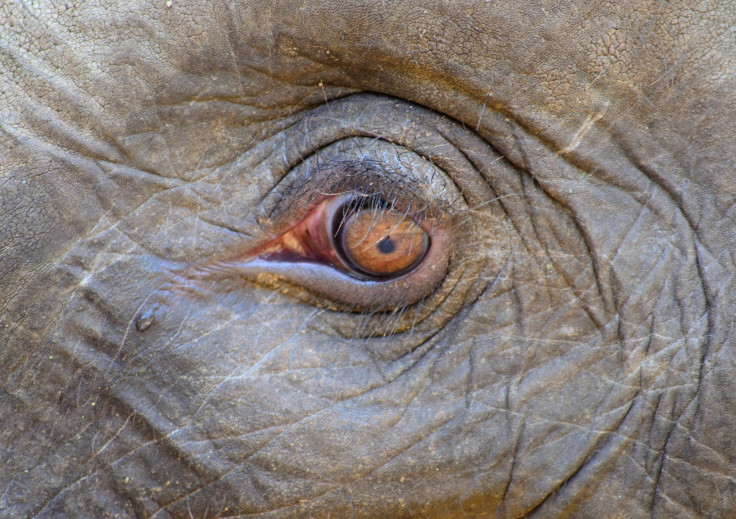Dry Eye Symptoms: Signs You Should Know And What To Do

Anything unnaturally dry on our bodies can be uncomfortable, such as our mouths and skin. Dry eyes, however, may hit us particularly hard because they affect such a core function — our ability to see.
Many cases of dry eye occur when there aren’t enough tears to go around, or when the tears our eyes produce are inadequate in some other way, such as missing an important ingredient or not having the right consistency. We need those tears to clear out dust and debris as well as protect our eyes from infection. According to the National Eye Institute, dry eyes can come with stinging or burning, a “gritty” feeling like something is caught in the eye, stringy discharge, redness, blurred vision, eye fatigue and a feeling of having heavy eyelids. People may also be unable to cry even in times of strong emotion, and later may produce excess tears after having a dry period.
Read: See Through the Eyes of the Visually Impaired
Dry eye, although uncomfortable, doesn’t sound like a serious ailment, but can become serious if ignored. Extreme dryness can cause a sore on the cornea, the protective layer in front of the pupil, and possibly bleeding. The NEI also explains that if along with the dry eye the surface of the eye is inflamed, that painful condition could lead to scarring on the cornea or even some vision loss.
Getting to the bottom of the issue could help. According to the American Optometric Association, when contact lenses or an infection are not the reason for the lack of moisture, eyes dry naturally with age or sometimes hormonal changes during pregnancy, menopause, or with birth control. Beyond those, certain medications like antihistamines and decongestants, antidepressants or blood pressure pills; environmental conditions like smoke and wind; and medical conditions like lupus, arthritis and diabetes are all associated with dry eyes.
Your job may also be sending you into dry territory: People sometimes blink less when constantly staring at a screen, reducing moisture. To prevent this from irritating the eye, the American Academy of Ophthalmology recommends something called the 20-20-20 rule, which means every 20 minutes looking away at something 20 feet away for 20 seconds. Keeping more distance between the screen and your face could also help.
A similar dryness can occur if your eyes are not fully closing as you sleep, the National Eye Institute explains. That condition is called exposure keratitis.
When the tears themselves are not the problem, it could mean the surface of the eye has become too large. If a plastic surgery to widen the eyelids is not the culprit, it could also be thyroid disease, which causes the eye to protrude.
Published by Medicaldaily.com



























